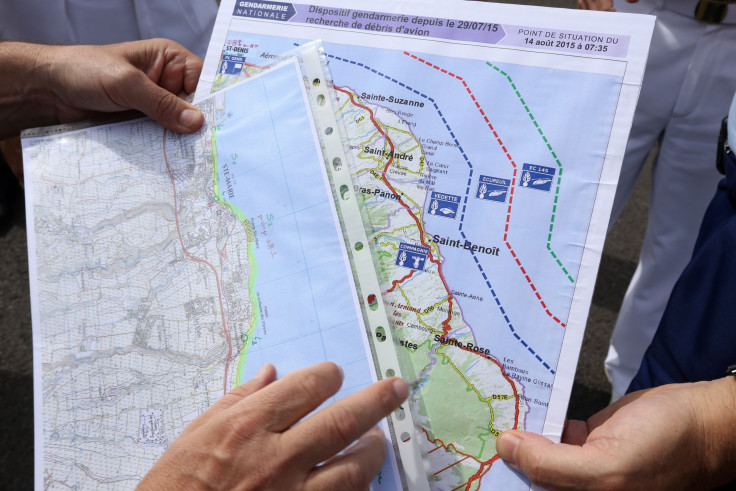Flight MH370 Update: Malaysia Airlines Plane Faced Sudden Electrical Failure Causing Crucial Parts To Fail

Malaysia Airlines Flight MH370 pilots were faced with a sudden loss of electrical supply in the plane, which led to multiple parts failing within a short time, an analysis of last week's report by the Australian Transport Bureau (ATSB) stated. The ATSB is leading the search for MH370, which was carrying 239 passengers and has been missing for over a year.
The analysis, published by the Daily Beast, said a runaway power outage might have led the plane’s systems to shut down. Before the outage, MH370’s pilots were able to regularly contact air traffic controllers and the plane could transmit its location, the Daily Beast reported Tuesday. However, after the outage, two automatic reporting systems -- the transponder and a separate system, which gave out details about the plane’s critical systems -- stopped working. The report by Daily Beast said that these details were buried in the ATSB report released Thursday.
Speculations had suggested earlier that a sudden power loss caused the plane's crucial systems to shut down, but the Daily Beast said that this was first official confirmation to the theory.
The ATSB report, discarding speculation that the pilots caused the plane’s disappearance, suggested that they were in fact trying to save it, the Daily Beast reported. The last contact with the plane was made about 37 minutes after takeoff, when the pilot said: “Good night. Malaysian three seven zero.” So far, only a wing flap from the plane has been found on the French island of Reunion in July.
“Even a pilotless jet could possibly get lucky and enter the water at a shallow angle and minimum sink rate that minimizes the impact,” an expert on 777 said, talking about conclusions based on the wing flap finding. He added: “Most of the structure could have remained intact, or at least separated into only a few big pieces. Not a lot of extraneous debris may have exited the fuselage, particularly if there was no attempt at opening doors or deploying rafts in the water evacuation.”
While the ATSB report did not mention the exact time of the power outage, the Daily Beast made the assessment that it could have been between the last contact with the plane and the first attempt from ground to contact MH370 -- between a period of about 44 minutes. The report also estimated that the power loss was likely rapid.
The first electronic “handshake,” or a pulse, sent automatically from the plane with at least one system working, was recorded by London-based satellite operator Inmarsat 21 minutes after the airline’s dispatchers tried to contact MH370. The report said that seven “handshakes” were recorded from the Boeing 777-200 by an Inmarsat ground station in Australia, with the first one recorded during takeoff. The last pulse was recorded about 1,500 miles from the nearest land mass of southwestern Australia in the Indian Ocean. The Satellite Data Unit, used to transmit the pulse from MH370, was reportedly able to reboot within a minute to transpond the hourly pings for the rest of the flight.
The ATSB report gave four possible reasons for the power loss, starting with a sudden failure triggering the Auxiliary Power Unit to restore emergency power and an action on overhead switches inside the cockpit. The third reason mentioned was if someone accessed the Main Equipment Center below the flight desk, pulled out the circuit breaker and reset it. An intermittent technical failure was also cited as a likely reason.
While authorities have not been able to determine the most valid cause, the idea of the pilots being involved in the plane’s disappearance seemed far-fetched, according to the analysis.
“Few airline pilots would even know how to get down to the lower deck while in flight,” the expert cited by Daily Beast said, adding: “And even if they tried, few would be familiar with the locations of avionics components, or be able to find the relevant circuit breakers to pull. That kind of information is not even contained in the typical pilot training or operating manuals.”
The expert further said that the pilots would not have trained to respond to such a “complex failure,” and that “they would simply have no way of knowing."
“They would have been trying to decide whether to divert and get on the ground as fast as possible,” the expert added.
The MH370 search, focused on a 46,332, sq. mile area in the southern Indian Ocean, is expected to go on till mid-2016. However, officials were optimistic about finding the plane.
© Copyright IBTimes 2025. All rights reserved.






















